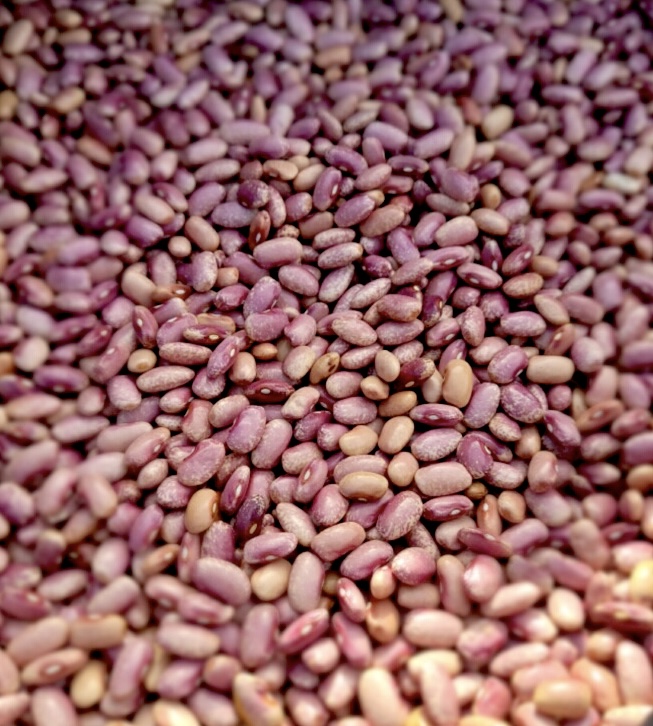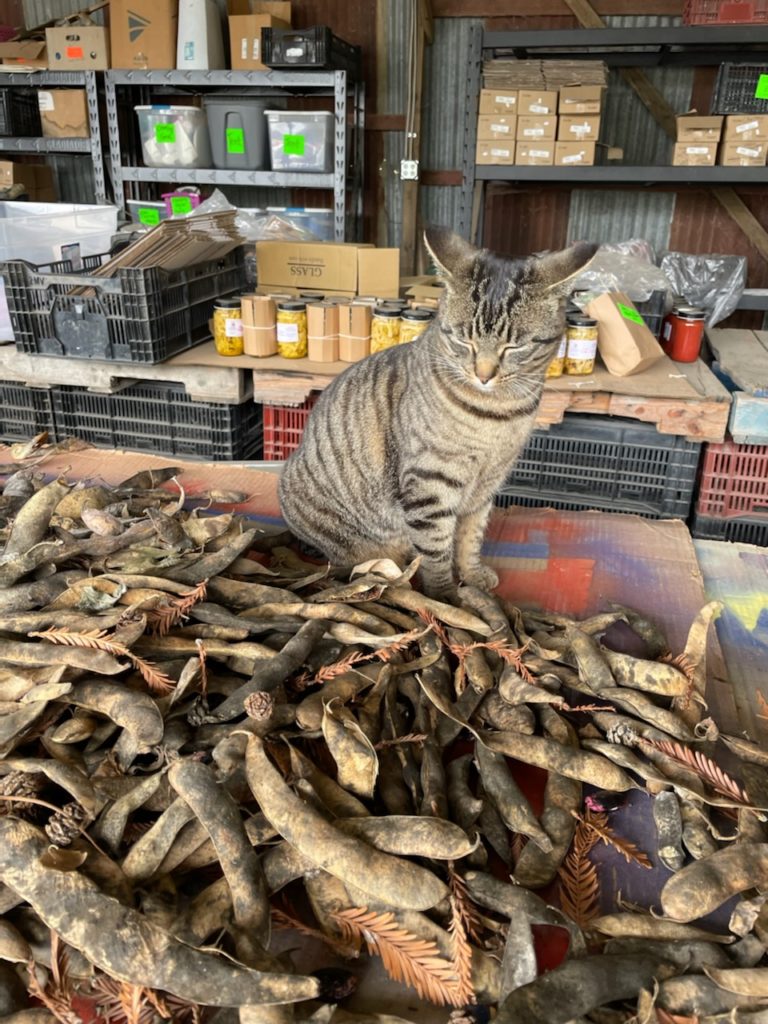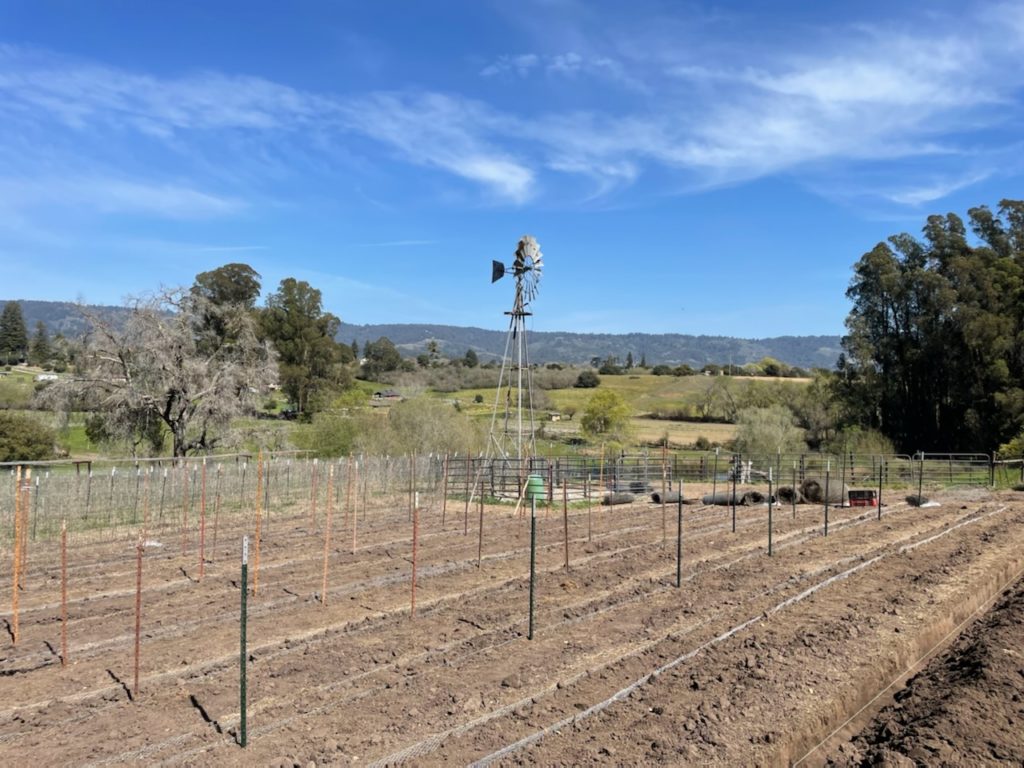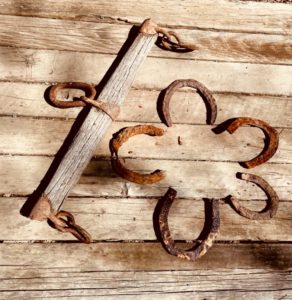Magic Beans

Controversy was swirling at a recent school board meeting- “A REAL FOOD FIGHT!” read the headline of one local rag that covers civic affairs. But did the drama amount to a hill of beans? We investigate.
The trouble started when Ms Brooks read the classic text, Jack and the Beanstalk, to her kindergarten class. You remember the tale: Jack trades the family cow for a handful of magic beans which, when planted, grow up to the clouds. Jack climbs the beanstalk and discovers a castle occupied by a giant, etc. The kids loved the story, so the trouble didn’t start until they got home and told their parents what they’d learned at school that day. Many parents were outraged. Karen Feldenheimer was one of them.
“What are you teaching the kids?” she wanted to know. “There is no such thing as a ‘magic bean,’ because there is no such thing as magic. It must be a GMO bean! That’s evil!”
Carlo Avila, another involved parent, voiced the concern that this alleged “fairy tale” covered up the uglier aspects of Western colonialism. “How can we speak of ‘magic beans’ in an old Northern European fairy tale?” he wanted to know. “Prior to Columbus, the Europeans had no ‘beans.’ Sure, they had pulses, like peas, lentils, garbanzos, and favas, but true beans were only native to the Americas and so Jack couldn’t have encountered them in Pre-Columbian Northern Europe. Why do we whitewash the role that Native Americans played in developing so many of the world’s food staples?”

The cat inspecting the runner beans we saved for seed and will shell this week.
Jeanine Silva, a concerned mother of three, had a more nuanced perspective that she sought to voice, but perhaps the rowdy school board meeting was not the right forum. “True,” she said. “Pre-Columbian Europeans–even their Giants in the clouds–had no Phaseolus beans, and certainly they had no climbing beans like the Scarlet Runner beans, but they did have favas. And even though the favas don’t grow to the clouds they do grow tall!” She pointed out that the fava stems are hollow. “The ancient Egyptians believed that the spirits of the dead ascend to the clouds from the earth they were buried in by passing from the roots of the fava up through the hollow stem. Perhaps Jack ascended through a fava stalk? Can we agree it’s a possibility?”
“More evil magic!” yelled Karen Feldenheimer. “Let’s just teach the kids math!”
Frank Duval, the school’s oldest math teacher, was attending the meeting. He knew that Jeanine Silva was on to something but he felt insecure about supporting her in a public setting, as he was on the staff and couldn’t be seen taking sides. Frank was familiar with Pythagoras and taught the Pythagorean theorem as part of the regular curriculum. Frank also knew that Pythagoras had learned his math in Egypt. While Pythagoras is well known in geometry classes for his math skills, it is not today widely known that he also believed and taught his followers that it is evil to eat “beans,” and by “beans” Pythagoras meant favas. Why would eating fava beans be “evil” for Pythagoreans? It must have something to do with respect he had for the fava being the channel the spirits took to the afterlife, Frank reasoned. But he kept his mouth shut while the parents fought over beans. Sometimes people are not really interested in being informed or in questioning their assumptions.

The bean patch.
So where does that leave you and me? Are these “magic beans” that I’ve put in your harvest share box? I’d say, “yes and no.”
Even after 40 years of farming, I still think it’s magic when seeds sprout. The beans in your box are “Flor de Mayo,” or May Flower beans. We planted them last year in May when the danger of frost had passed. They are climbing beans, and we let them scramble up a trellis. They yield over a long season, and we saved the last of the crop last fall to be able to offer it to you this spring. Meanwhile, we’re already getting started on this year’s bean crop. Besides Flor de Mayo, we will be planting Oaxacan red beans and several kinds of pole beans.
In order to get a nice bean crop this coming fall, we have dug trenches and put down gopher wire to keep the gophers from eating the plants. On top of the ground we’ve put stakes and wire mesh for the vines to climb up. We will plant the seeds we saved from last year’s crop in about 10 days when the soil has warmed up. We are focusing on runner beans and other pole-type beans because they taste good and yield over a long season. They won’t grow to the clouds, but two of the varieties that we’re planting will form underground tubers, like potatoes, and sprout back from under the ground every spring. That’s magical too, as far as I’m concerned, and the repeat harvests will help amortize the start-up costs of laying out the wire and stakes.
 When I was prepping the ground for the beans I turned up a bunch of rusty horseshoes. The field where I’m planting the beans was farmed with horses back in the day. My uncle told me that my great grandpa grew cucumbers there for Heinz, the pickle producers, back in the 1920s. I found five horseshoes so far and with that kind of luck we should have a wonderful bean crop to share with you. I guess the horseshoes are “lucky,” but they’re hard on the rototiller.
When I was prepping the ground for the beans I turned up a bunch of rusty horseshoes. The field where I’m planting the beans was farmed with horses back in the day. My uncle told me that my great grandpa grew cucumbers there for Heinz, the pickle producers, back in the 1920s. I found five horseshoes so far and with that kind of luck we should have a wonderful bean crop to share with you. I guess the horseshoes are “lucky,” but they’re hard on the rototiller.
Happy Spring!
From all of us at Mariquita Farm
© 2022 Essay by Andy Griffin.
Photos by Andy Griffin.


